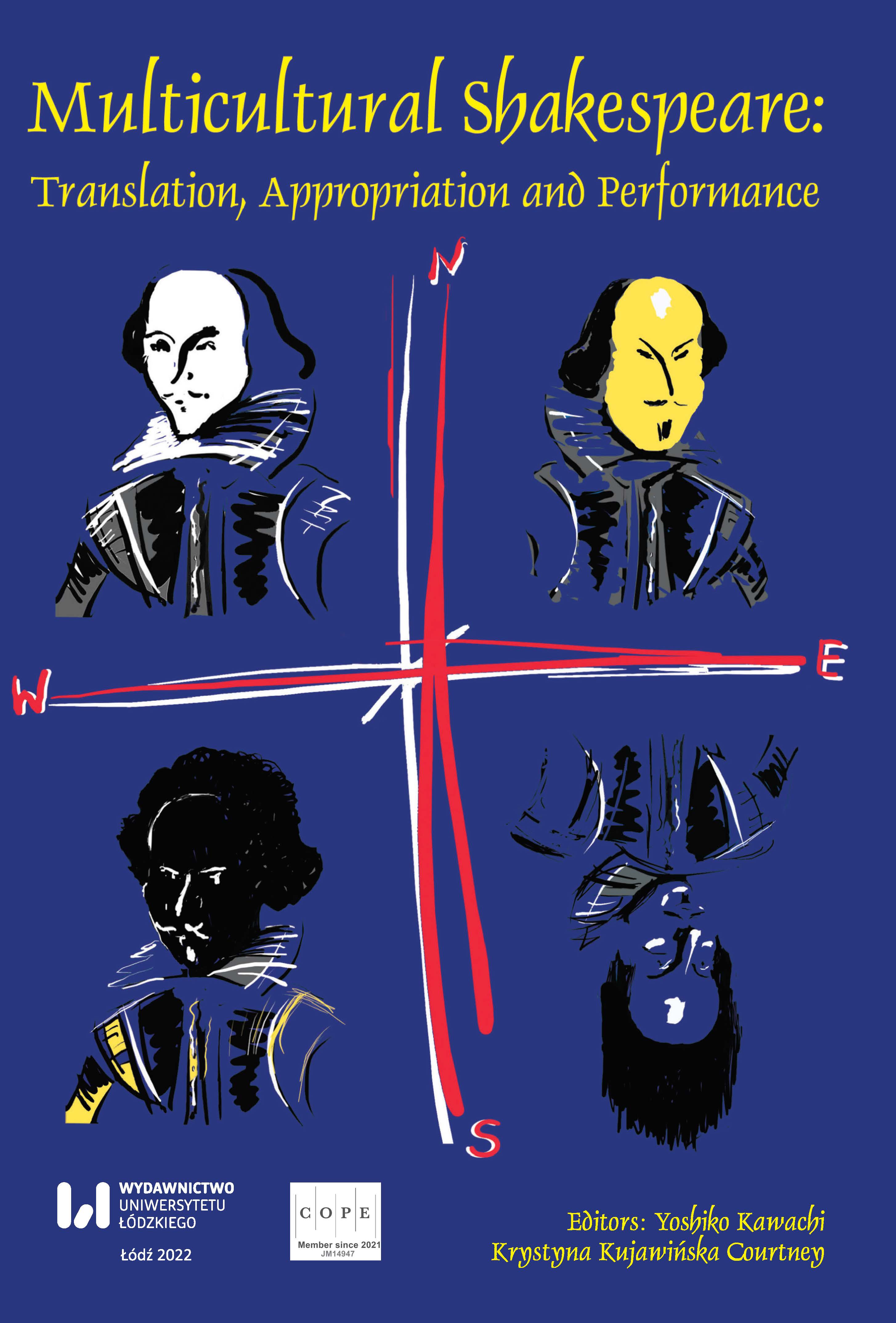Epitomes of Dacia: Wallachia, Moldavia, and Transylvania in Early Modern English Travelogues
Epitomes of Dacia: Wallachia, Moldavia, and Transylvania in Early Modern English Travelogues
Author(s): Monica Matei-ChesnoiuSubject(s): Language and Literature Studies, Geography, Regional studies, Studies of Literature
Published by: Wydawnictwo Uniwersytetu Łódzkiego
Keywords: early modern English geography; 'The Merchant of Venice'; 'Othello'; 'Pericles'; Shakespeare; travelogues
Summary/Abstract: This essay examines the kaleidoscopic and abridged perspectives on three early modern principalities (Wallachia, Moldavia, and Transylvania), whose lands are now part of modern-day Romania. I examine travelogues and geography texts describing these Eastern European territories written by Marco Polo (1579), Abraham Ortelius (1601; 1608), Nicolas de Nicolay (1585), Johannes Boemus (1611), Pierre d’Avity (1615), Francisco Guicciardini (1595), George Abbot (1599), Uberto Foglietta (1600), William Biddulph (1609), Richard Hakluyt (1599-1600), Fynes Moryson (1617), and Sir Henry Blount (1636), published in England in the period 1579-1636. The essay also offers brief incursions into the representations of these geographic spaces in a number of Shakespearean plays, such as The Merchant of Venice and Othello, as well as in Pericles, Prince of Tyre by Shakespeare and Wilkins. I argue that these Eastern European locations configure an erratic spatiality that conflates ancient place names with early modern ones, as they reconstruct a space-time continuum that is neither real nor totally imaginary. These territories represent real-and-fictional locations, shaping an ever-changing world of spatial networks reconstructed out of fragments of cultural geographic and ethnographic data. The travel and geographic narratives are marked by a particular kind of literariness, suggesting dissension, confusion, and political uncertainty to the early modern English imagination.
Journal: Multicultural Shakespeare: Translation, Appropriation and Performance
- Issue Year: 25/2022
- Issue No: 1
- Page Range: 151-163
- Page Count: 13
- Language: English

